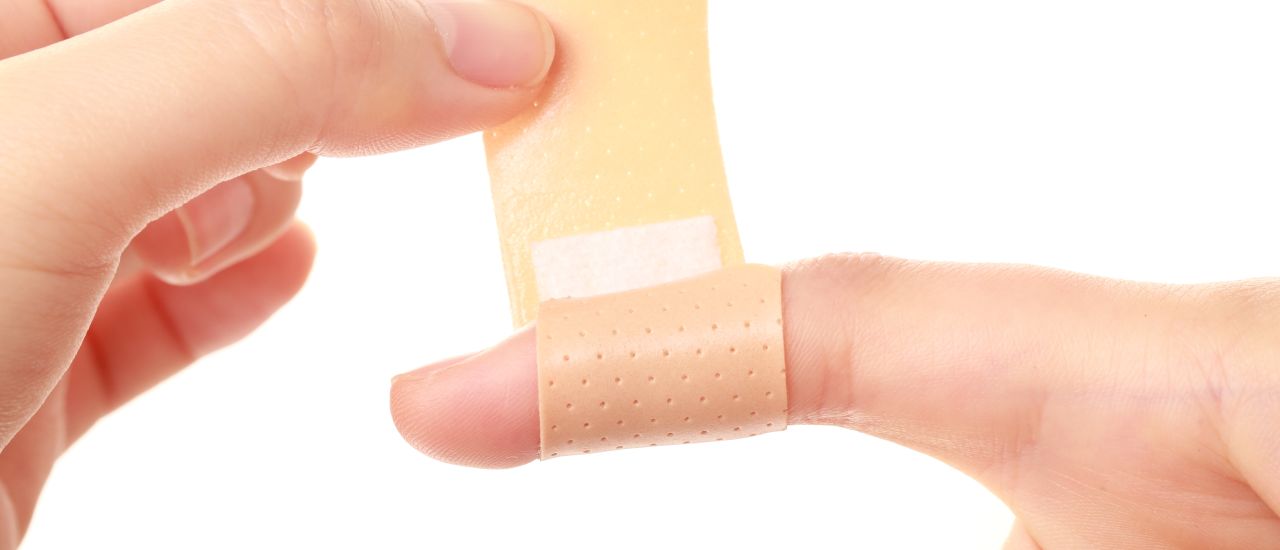Someone falls off their skateboard and comes home with a roastie, or you cut your hand while testing out your master-chef chopping moves in the kitchen – every home needs a well-stocked first-aid kit to deal with minor accidents, injuries and ailments.
Where to keep your first-aid kit
Keep your home first-aid kit in a central location so that anyone can get to it in an emergency, think about storing it in a kitchen or bathroom cabinet. Here are two important tips:
- Keep your first-aid kit locked and out of reach of small children
- Store the kit in a cool place (having it toasting in the sun will damage bandages and medication)
It’s a good idea to maintain two different first aid kits: one for the home, and another for the car.
What to put in your kit
Here is a list of basics, and let your pharmacist help you to choose the correct items.
- wound cleaner / antiseptic
- antiseptic cream
- thermometer
- anti-inflammatory gel for sprains
- cotton wool for padding
- sterile gauze
- tweezers (to remove splinters)
- scissors
- safety pins
- roll of bandages
- roll of elastic adhesive
- sticky plasters in various sizes
- disposable latex gloves
- antihistamines (tablets or cream – note that this can cause drowsiness)
- flu and cold medication such as MedLemon or CorenzaC
- Paracetamol and Ibuprofen (tablets and syrup) for pain, headaches and fever
- anti-nausea tablets
- anti-diarrhoea medication
- antacid medication
- Burnshield gel and dressings for burns
Emergency Numbers And Special Instructions
Stick a list of emergency numbers and any specific instructions regarding allergies or conditions to the lid, or on the inside of the cabinet. Also, do a regular check to ensure that items have not expired.

